Murali Ravuri
Prototypical Clustering Networks for Dermatological Disease Diagnosis
Nov 07, 2018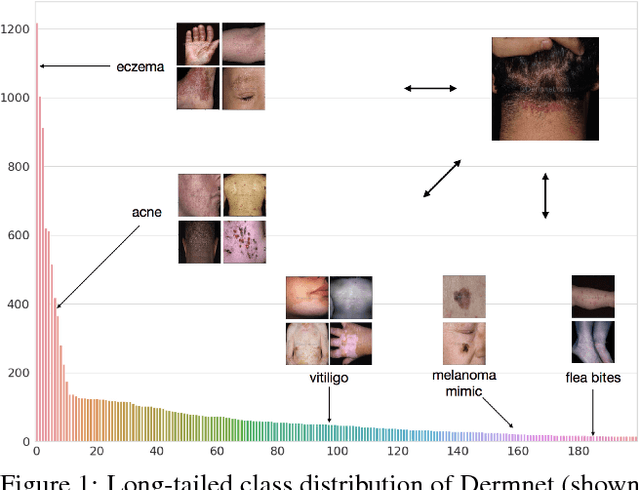

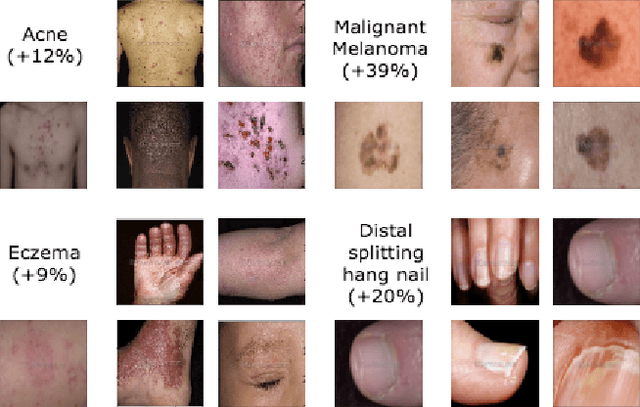

Abstract:We consider the problem of image classification for the purpose of aiding doctors in dermatological diagnosis. Dermatological diagnosis poses two major challenges for standard off-the-shelf techniques: First, the data distribution is typically extremely long tailed. Second, intra-class variability is often large. To address the first issue, we formulate the problem as low-shot learning, where once deployed, a base classifier must rapidly generalize to diagnose novel conditions given very few labeled examples. To model diverse classes effectively, we propose Prototypical Clustering Networks (PCN), an extension to Prototypical Networks that learns a mixture of prototypes for each class. Prototypes are initialized for each class via clustering and refined via an online update scheme. Classification is performed by measuring similarity to a weighted combination of prototypes within a class, where the weights are the inferred cluster responsibilities. We demonstrate the strengths of our approach in effective diagnosis on a realistic dataset of dermatological conditions.
Learning from the experts: From expert systems to machine-learned diagnosis models
Aug 14, 2018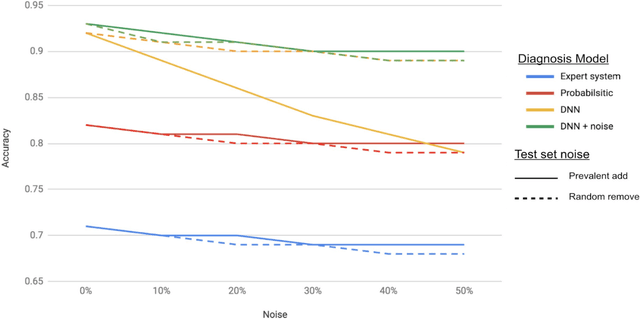
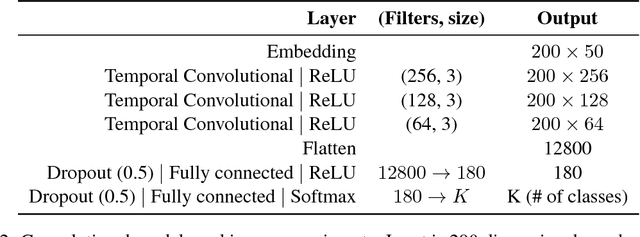
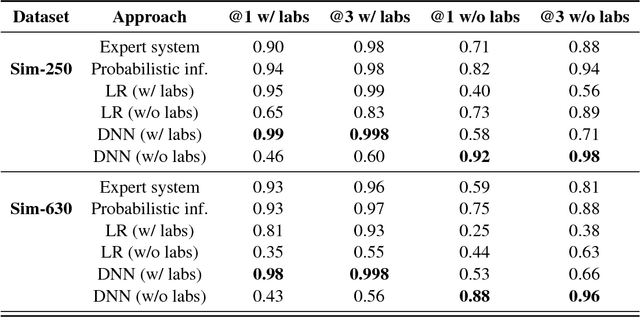
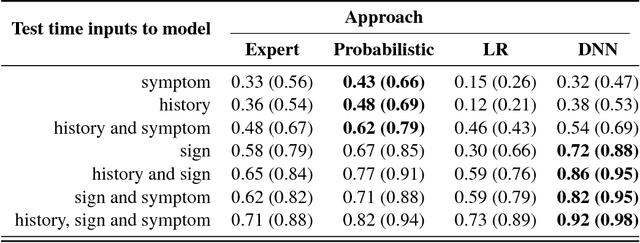
Abstract:Expert diagnostic support systems have been extensively studied. The practical applications of these systems in real-world scenarios have been somewhat limited due to well-understood shortcomings, such as lack of extensibility. More recently, machine-learned models for medical diagnosis have gained momentum, since they can learn and generalize patterns found in very large datasets like electronic health records. These models also have shortcomings - in particular, there is no easy way to incorporate prior knowledge from existing literature or experts. In this paper, we present a method to merge both approaches by using expert systems as generative models that create simulated data on which models can be learned. We demonstrate that such a learned model not only preserves the original properties of the expert systems but also addresses some of their limitations. Furthermore, we show how this approach can also be used as the starting point to combine expert knowledge with knowledge extracted from other data sources, such as electronic health records.
 Add to Chrome
Add to Chrome Add to Firefox
Add to Firefox Add to Edge
Add to Edge